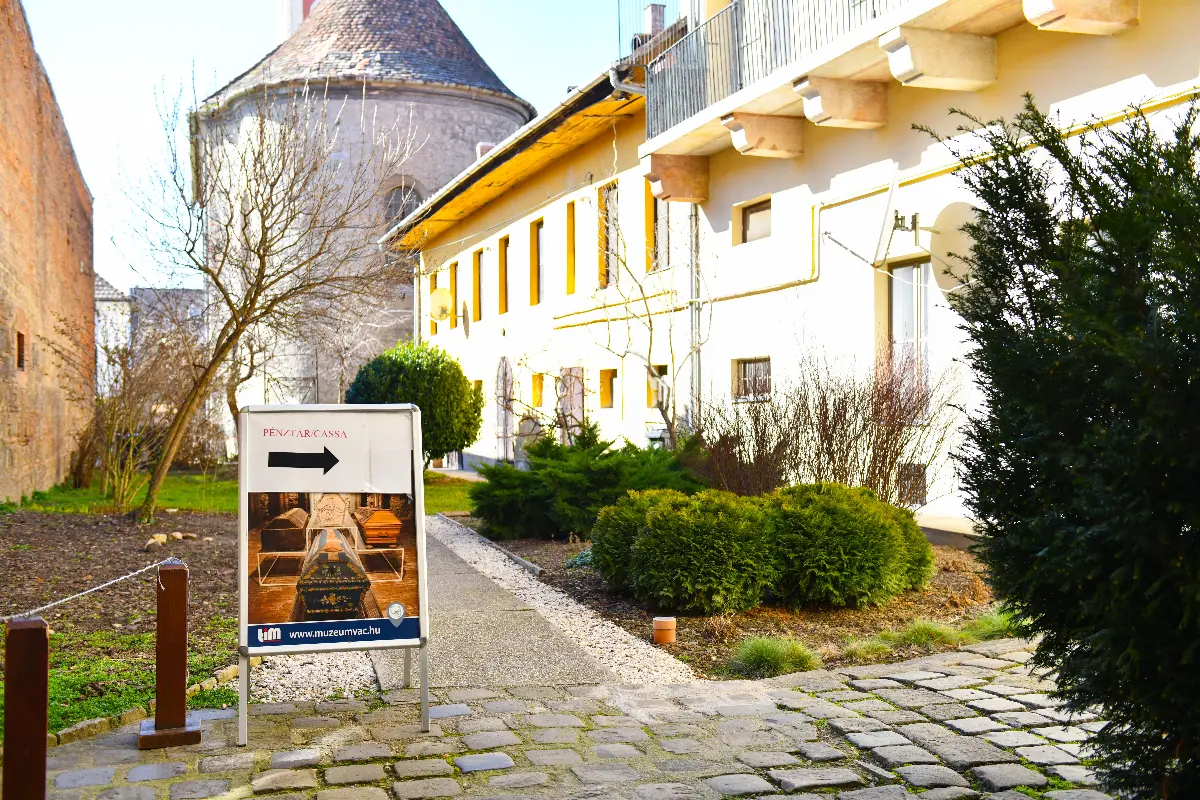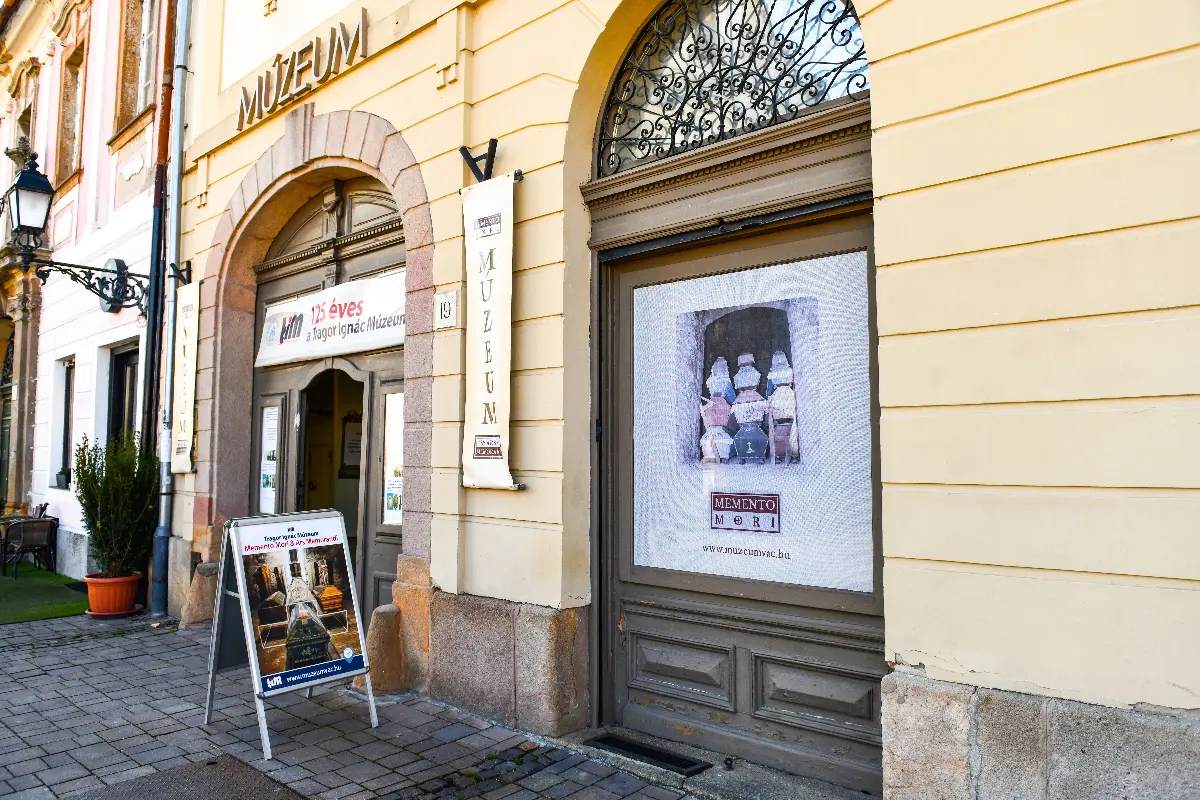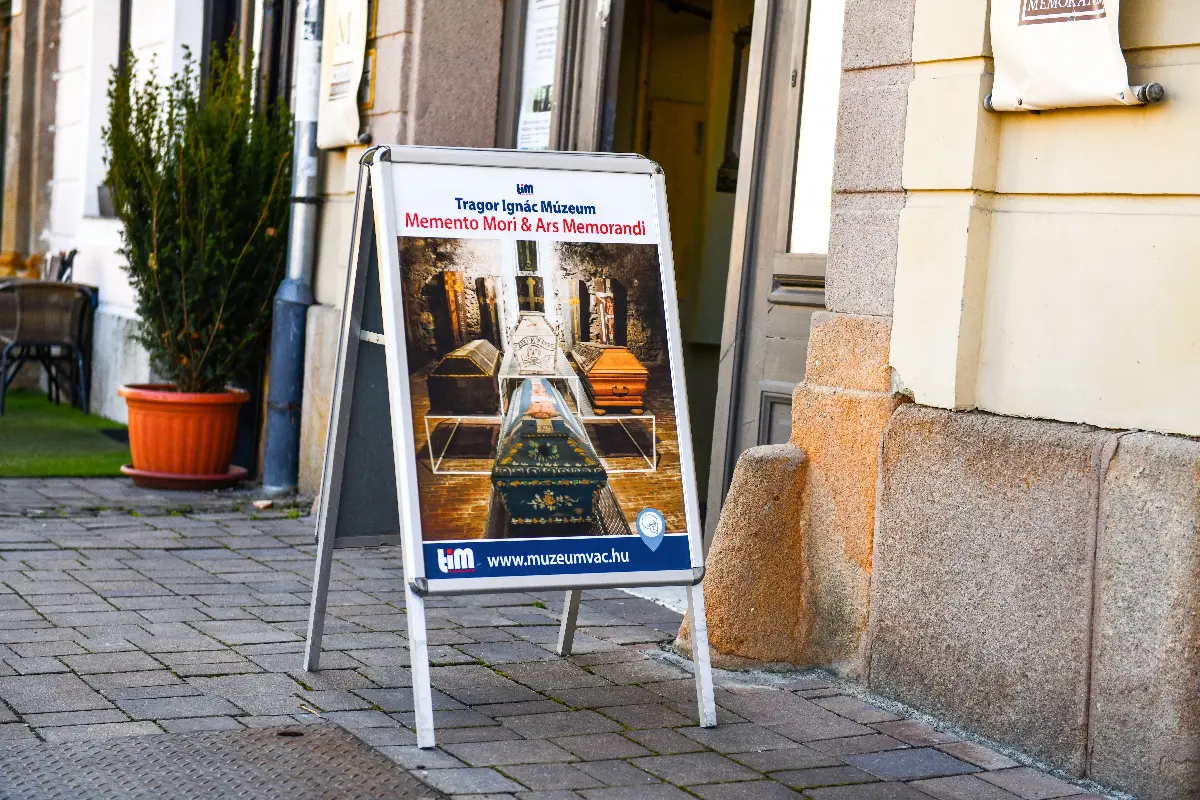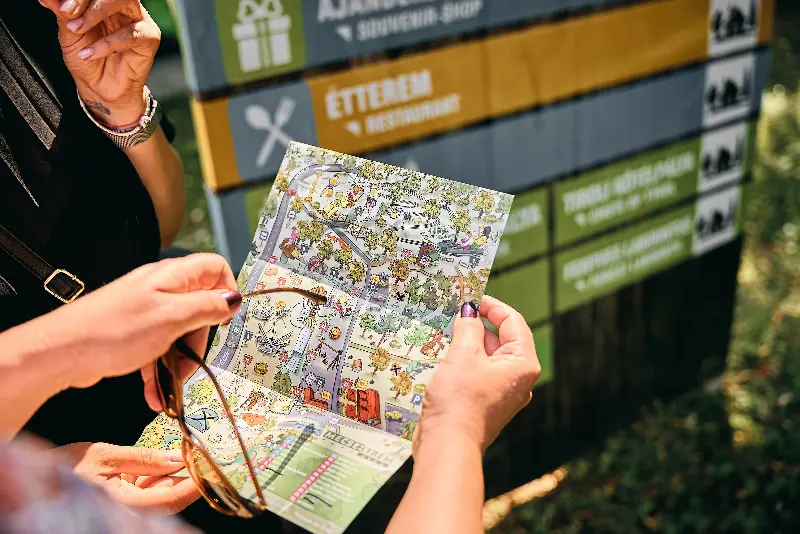
Helyszín címkék:
Time travellers in Vác: mummies beneath the church
DunakanyarGO
When we pronounce the word mummy, most of us think of Egyptian bodies. However, the findings of Vác are even more exciting than that: the dead weren’t artificially preserved, but they got into their current state naturally. It is true that they are younger than their North African companions, yet, here they are, they are ours, so it’s worth getting to know their history.
The mummies of the Dominican Church are originating from coffin funerals between 1731 and 1838. The building was erected after the expulsion of Ottomans: the troops of the Ottoman Empire wreaked great havoc in Vác. Dominican monks arrived in the city on the Danube after the liberation and they soon started to build their monastery and church – because of the colour of their robe they were called white friars, and their church was called White Church. The construction began in 1699, and in 1713 the church has already been dedicated. Funerals started only later on, the first dead were buried in the crypt in the year of the great fire in Vác, in 1731. The youngest coffin testifies a death of 1838 – because of the limited space the painted coffins were placed on top of each other. The entrance was probably walled thereafter. We do not know today why the crypt was forgotten, but it’s important to mention what exciting tasks the mummies of Vác gave the archaeologists and scientists of the modern era.

If renovation hadn’t become necessary in the 90s, perhaps the burial site would not have been discovered to this day: there are two crypts in the church, the bigger is about 8 m long, 10 m wide and 4 m high. At the end of the corridor a wide ossuary, thus chamber for storing human bones was found that contained the bones of forty other people. It is especially exciting that from the death certificates and the inscriptions on coffins the name, the gender and the age of dead, and mostly even the cause of death is known exactly. Archaeologists even found data related to family relationships: most of the people buried in the crypt under the Dominican Church were citizens of Vác, and a smaller part of them were clergymen between the age of 0 and 94 years. It is an exciting fact for science that on some mummies traces of autopsy were found: Dominican friars maintained several hospitals in the 18th century, the practice of autopsy also proves their important activity.
But how could the bodies remain in such a good condition under natural conditions?
The staff of Eötvös Loránd University Meteorology Department helped museologists to find the answer. The temperature remained under 10 degrees almost constantly for centuries, but according to researchers humidity level increased to around 90% just in recent times. Mummification is the combined effect of several factors: since the coffins were placed on top of each other, the moisture from the soil affected them less, therefore they could be more easily conserved. The weak but continuous ventilation also helped to protect the corpses and the objects buried with them.
The unparalleled exploration was carried out by the professionals of Tragor Ignác Museum with the permission of the Diocese of Vác: the artifacts are handled by the museum of Vác, while human remains are treated by the Department of Anthropology of the Hungarian Natural History Museum – since the state of mummies allows them to gain insight in the pre-antibiotic era, they were looking for traces of tuberculosis in them among others. The pathogen’s DNA was detectable in about 70% of the examined corpses! Some of the dead died of this illness, others successfully defeated it – we don’t have to worry either, since during the examination the high energy X-ray radiation destroyed any possibly harmful pathogen.













